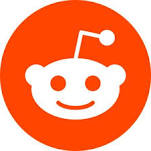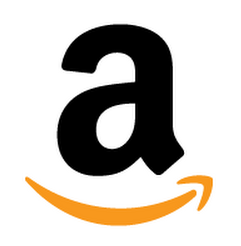How I Invented The Ultimate Flying Gadget And Landed Massive Press
Hello! Who are you and what business did you start?
My name is Craig Rabin, from an early age I spent his time dreaming up inventions. These are now a source of inspiration as I make sketches from my childhood a reality, thanks to 3D printing. My entrepreneurial spirit and passion started early and led me to start my first business when I was 16 years old. Since then, I’ve moved from Chicago and have gone on to create eleven companies... woo!
It was during one of these business endeavors that I developed a love for traveling and started thinking about how I could improve the experience for others. I was no stranger to air travel, racking up more than 150,000 miles in the last few years, and was able to identify the basic human need for more space and convenience when flying. Thus, The Airhook was born in 2015 and my invention career began.
Since launch, we’ve shipped to every state in the U.S. and have a presence in 73 countries around the world! Plus, The Airhook has been featured in over 100 publications and was the first product in history to win Steve Harvey’s Funderdome on ABC in 2017 and won Travel Product of The...

Download the report and join our email newsletter packed with business ideas and money-making opportunities, backed by real-life case studies.

Download the report and join our email newsletter packed with business ideas and money-making opportunities, backed by real-life case studies.

Download the report and join our email newsletter packed with business ideas and money-making opportunities, backed by real-life case studies.

Download the report and join our email newsletter packed with business ideas and money-making opportunities, backed by real-life case studies.

Download the report and join our email newsletter packed with business ideas and money-making opportunities, backed by real-life case studies.

Download the report and join our email newsletter packed with business ideas and money-making opportunities, backed by real-life case studies.

Download the report and join our email newsletter packed with business ideas and money-making opportunities, backed by real-life case studies.

Download the report and join our email newsletter packed with business ideas and money-making opportunities, backed by real-life case studies.


















































